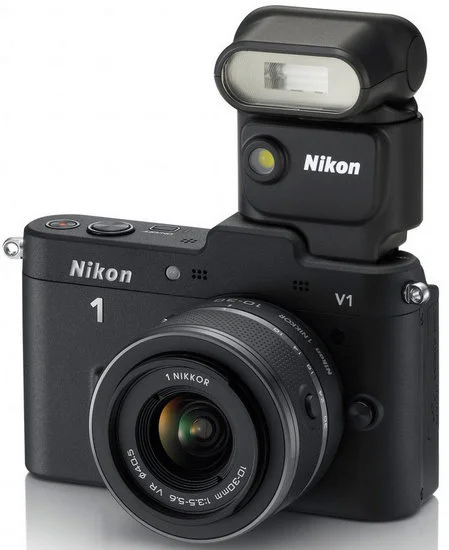I have got many requests from the readers to talk about FX vs DX format DSLR camera. They also asked me to briefly discuss whether the FX and the DX camera bodies and lenses can be used with each others or not. In short, FX is a full-frame camera which uses bigger censor (36x24 mm) like in the film camera to produce lower pixel density or high quality pictures. This kind of camera is used to produce highly pixelated full framed picture under the low light condition by increasing ISO sensitivity without affecting much on the picture quality. In the current market, Nikon D3X, Nikon D700, Nikon D3S and Nikon D3 are FX format camera from Nikon. Whereas DX format DSLRs use censors that are usually 2/3 of the size (almost 24×16 mm) of the FX censors. That is the main reason DX cameras are cheaper than the full framed FX camera and also they are more sensitive to lights than the full frame camera. Nikon D40, Nikon D60 and Nikon D90 are the examples of DX format camera.
Now the question is, can I use the FX format lens with the DX format camera body or the DX format lens with the FX format camera body? The simple answer is, in case of Nikon, you can use either DX lens or FX lens on the DX camera or the FX camera but same is not true for Canon cameras. You have to have a FX format lens for the FX format Canon body. Lots of photographers think this is the strength of the Nikon camera that you can use either FX lens on DX body or DX lens on FX body (even though there are some limitations on cross combination). You may not want to use DX lenses on the FX camera because, since the lens won't fill the entire frame, the corners of your picture will come out dark. Similarly, if you mount the FX lens on the DX camera body which has a smaller sensor size, only the center of the lens's image circle is captured. The edges are cropped off, which is equivalent to zooming in on the center section of the imaging area. To be more precise, 1.5 x crop factor will be applied when you use the FX format lens with the DX format body. That means if you mount the 50mm FX format lens on the DX format camera body, it will work as a 75mm (=50mm x 1.5) on the DX body. Actually, this technique is very much popular among the wildlife photographers to reach the long distance subjects by taking advantage of this crop factor.
There are also other pros and cons of both body types. The main advantages of DX sensors are compact wide-range zooms, and you can reach farther with the FX telephoto lenses. You will also have a greater working distance for the close-up or macro shots with the DX sensors. The advantages of the FX sensors are you can shoot with the less noise even at the higher ISO and get the good wide-angle shot with certain type of lenses. If you have something to add or comment, please let me know using the comment box below.
Happy Shooting!






